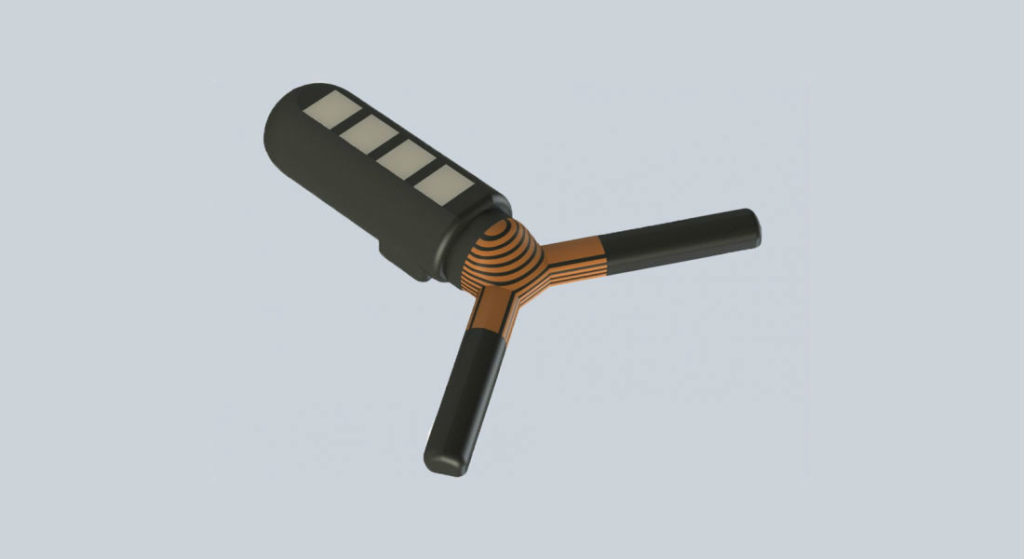Imagine taking a pill that can stay in your body for up to a month, but only releases a drug when you need it – at the touch of a button. It may sound like science fiction, but researchers from the Massachusetts Institute of Technology (MIT), Draper and Brigham and Women’s Hospital have developed a pill that does just that.
A team led by Dr. Robert Langer and Dr. Giovanni Traverso used 3-D printing technology to create a multi-layered, polymer-based pill with arms that spring out and latch onto the stomach wall once ingested. The arms contain compartments that hold concentrated drugs, intended to be slowly released over time.
“Multimaterials 3-D printing is a highly versatile manufacturing technology that can create unique multicomponent architectures and functional devices, which cannot be fabricated with conventional manufacturing techniques,” told Yong Lin Kong, first author, to MIT News.
The pill can be equipped with a sensor that can detect, monitor and relay information about its local environment, such as changes in temperature. In this study, published in Advanced Materials Technologies, the temperature sensor was tested in pigs.
But what about wireless control? The researchers are working on a design that allows the compartments to be controlled by wireless Bluetooth technology, giving the user power to release the pill’s drugs at any time, at any dose.
“Our system could provide closed-loop monitoring and treatment, whereby a signal can help guide the delivery of a drug or tuning the dose of a drug,” said Dr. Giovanni Traverso, who has previously published work on slow-releasing HIV drugs
The implications and applications of this technology are endless. People who must take drugs over a long period of time or at specific doses need not worry about daily pills or frequent prescription refills. An advanced sensor capable of detecting infections or hypersensitive reactions can immediately release antibiotics or antihistamines. The team had previously created a sensor that could detect heart rate and breathing rate, measures that could reflect responses to a drug.
“We are excited about this demonstration of 3-D printing and of how ingestible technologies can help people through novel devices that facilitate mobile health applications,” said Dr. Robert Langer.
This isn’t the first “smartpill” that’s made headlines. An ingestible sensor pill created by Otsuka Pharmaceuticals and Proteus Digital Health was approved by the US Food and Drug Administration (FDA) in 2017. The sensor is paired with an external patch that tells a smartphone app whether or not the patient has taken his or his antipsychotic drug.
As more medical device-based pharmaceuticals emerge in the market, there are numerous considerations for researchers and manufacturers. Namely, what are the adverse reaction, toxicity and immunological response profiles and how can they be minimized? What happens if the device becomes dislodged in the stomach? What happens if wireless communication is interrupted?
Though these smartpills might not be sold at your local pharmacy any time soon, the researchers hope to begin human patient testing in the next two years.












Join or login to leave a comment
JOIN LOGIN